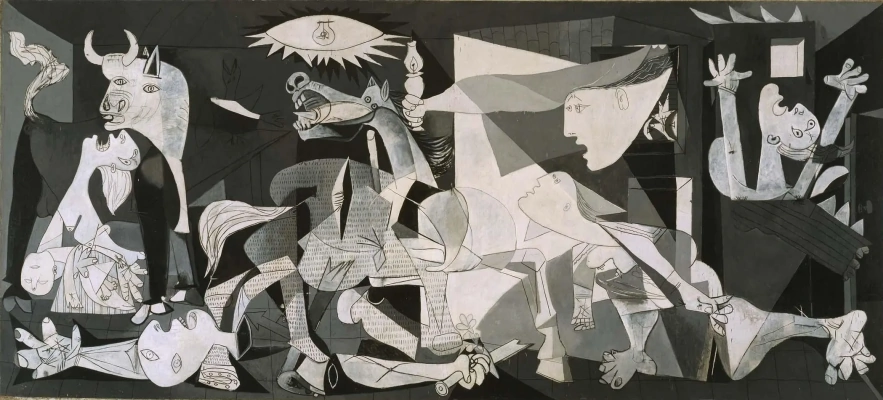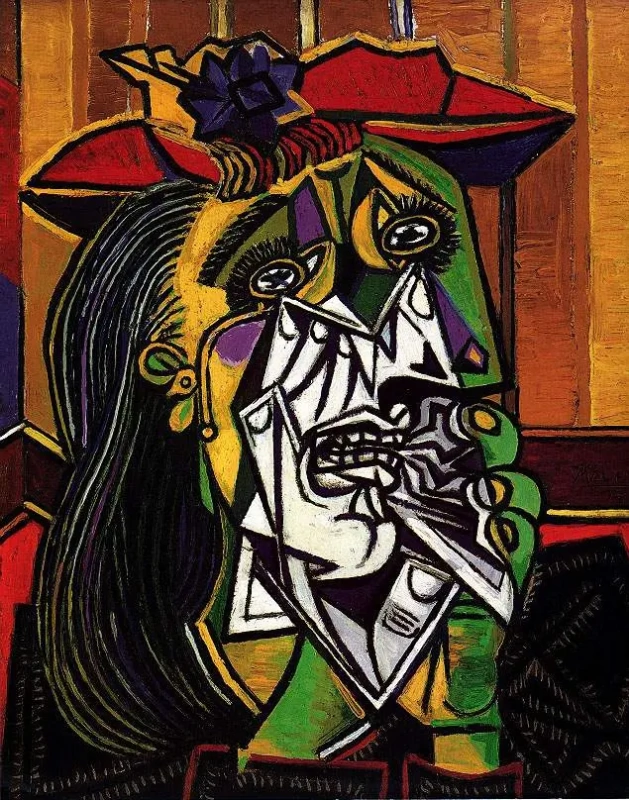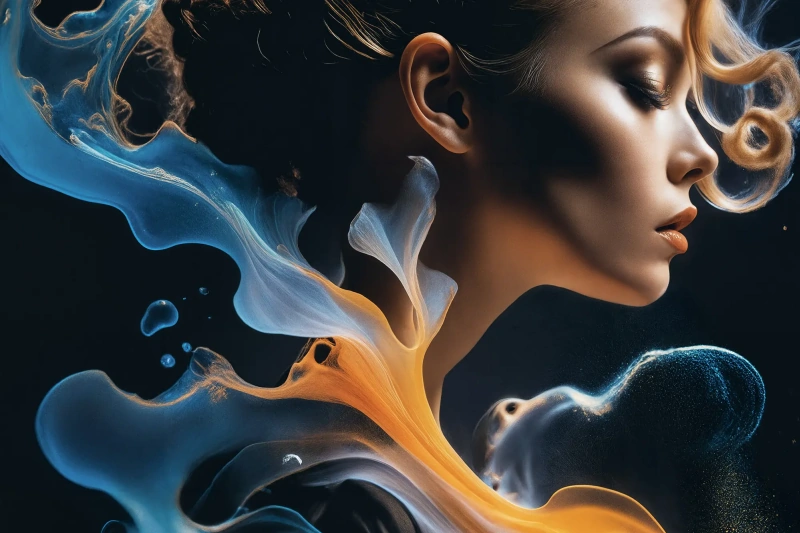

Their relationship, though intensely passionate, was far from perfect and went through shifting tides of anguish and callousness. During one promenade along the Pont Neuf, Maar and Picasso had a bitter altercation. The artist reproached his mistress for having prevailed on him to give a work of art in exchange for a cabochon ruby ring. In the heat of the moment, young woman silenced her lover by taking the ring from her finger and hurling it into the River Seine.
Later regretting her rash actions, she haunted the spot where the riverbed was dredged for several days in hopes of recovering her ring — but it was lost for good. Picasso, ultimately regretting having upset his impulsive paramour so deeply, made a ring designed and crafted by his own hand.
Left: Dora Maar
One of his most iconic paintings of that period is "Weeping Woman", now in the collection of the Tate Modern in London. In this painting Picasso depicted all Maar’s inner turmoil, which standed in for Spain’s agony. Picasso’s portraits of Maar were marked by these tortured renderings, as he used her powerful features and radiance to express an unparalleled energy.
Maar was forced to make great sacrifices to keep their relationship going despite both of their hot-tempered personalities and the bouts of depression and self-criticism that stemmed from living in shadow of genius Picasso.
Left: Pablo Picasso, "Weeping Woman" (1937). Tate Modern, London




















